Date: 14 October 2014
Much of that information is moved, accessed, and stored through fiber optics and glass substrates that make possible everything from the huge data warehouses that power our favorite e-commerce sites to the thumb drive you take home at night. Without glass, information would be helplessly fixed, incapable of reaching its full potential. For this reason, perhaps the Information Age is a misnomer for our time — we’re really living in the Glass Age.
Fueling the Glass Age and the technology behind it is a discipline ancient in origin, but completely contemporary: glassblowing. A craft as old as the ancient Egyptians, glassblowing has been renowned in the art world for millennia, but has also powered the technology economy, improved human health, and advanced scientific thought and pursuit. In the past century alone, the field of scientific glassblowing has transformed from a highly skilled manufacturing base into a specialized service industry for new research and technology that continues to push the boundaries of human knowledge.
.jpg)
A vacuum Schlenk manifold for use in chemistry
Here’s how this ancient art has driven technology and innovation in the Glass Age.
Radar, microwaves, and television. In the wake of World War II, as defense technologies found their way into the mainstream, the advent of radar, microwaves, television, and other technologies generated tremendous demand for scientific glassblowing, as all relied on vacuum tubes. Given the rate at which filaments burnt out, vacuum tube production was a major component of scientific and industrial glass manufacturing in the 1940s, allowing these new technologies to flourish.
The first computer. The Electronic Numerical Integrator and Computer (ENIAC), the first computer, was designed to calculate artillery firing tables. It used 17,468 vacuum tubes, and because several tubes burnt out every day, it didn’t work half the time. But through the late 1940s and early 1950s, engineers worked to minimize the vacuum tube failures until it could run continuously for five days without incident by 1954.
Semiconductors. The birth of the semiconductor created an entirely new demand for scientific glassblowers. The computer chips that power our laptops, tablets, and smartphones rapidly advanced electronics starting in the 1970s. The assembly line jobs of the 1940s gave way to highly skilled glassblowers capable of fabricating quartz glass to exacting tolerances and building the furnace tubes, boats, carriers, and other infrastructure required to process semiconductors.
Pioneering new fields of study. As chemists developed new techniques for testing, characterizing, and synthesizing compounds, their glass requirements changed. While scientific glassblowers were once employed in laboratories to support research, smaller, cheaper glass soon eliminated this need. But new fields create new opportunities. Researchers exploring carbon-based polymers and the electronic properties of molecules, for example, have opened new fields of study that straddle multiple disciplines, including chemistry, engineering, and photonics.
.jpg)
Mike Souza at the 2014 International Flamework Conference at Salem Community College
Scientific glassblowing: An enduring art
As fields of research continue to broaden, so do the roles of scientific glassblowers. Scientific glassblowing has transitioned from an intensive manufacturing function in the 1940s to 1970s to a job that requires a specialized skillset today. Salem Community College in Carney’s Point, New Jersey is passing on these skills as part of its scientific glassblowing program, the only associate of applied science degree of its kind in the nation.
Salem’s success is a case in point for the continuing importance of the glassblowing profession. In 2009, the college tripled its workspace to accommodate more students, as the program has more than doubled enrollment since 2010. A record number of students graduated in May, and interest in the program remains high. Even in one of the worst economic periods in U.S. history, nearly 100 percent of graduating students found work straight out of college with employers as diverse as the National Institute of Standards and Technology, Oak Ridge National Laboratory, The University of Iowa, General Electric Global Research, and as far away as the Australian National University in Canberra, Australia.
Glass can be traced all the way back to the ancient Egyptians and stretches to the edges of scientific and technological inquiry. As these advances continue, the field of scientific glassblowing will continue to evolve into a group of highly specialized professionals capable of adapting to new and changing industries.
Mike Souza is on the technical staff at Princeton University, where he works as a scientific glassblower. Drawing on more than four decades of experience, including 22 years at Princeton, Mike constructs and aids in the design of glass instruments used in ever-widening areas of research. Additionally, he was a President of the American Scientific Glassblowers Society from 2004 to 2005 and is currently a volunteer coordinator for the Scientific Glassblowing Apprenticeship Program at GlassRoots in Newark, N.J.

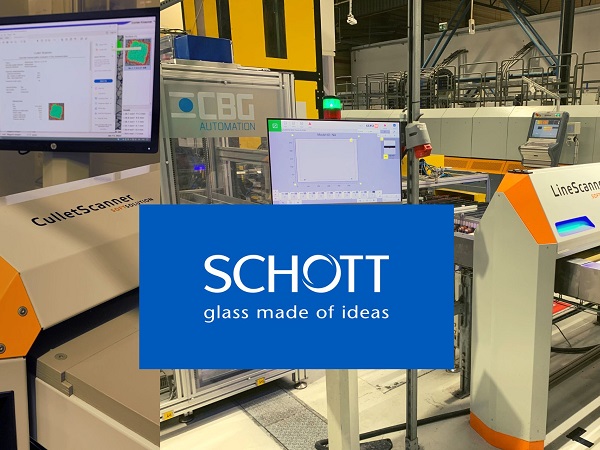
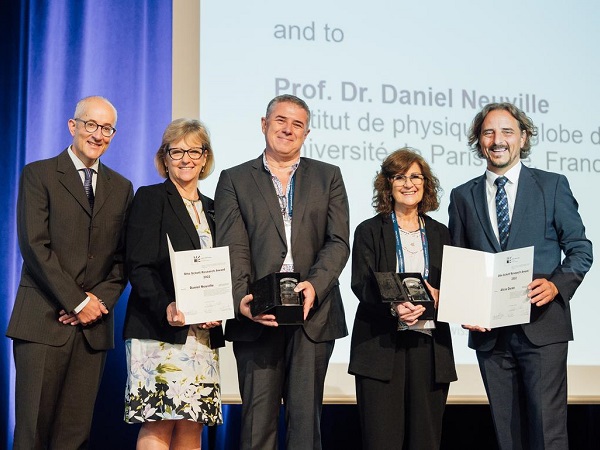
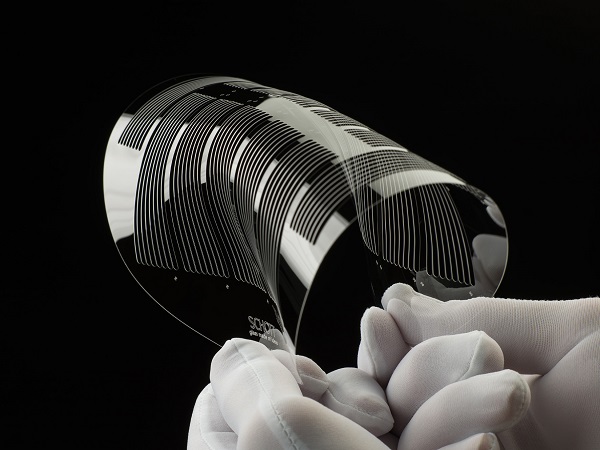
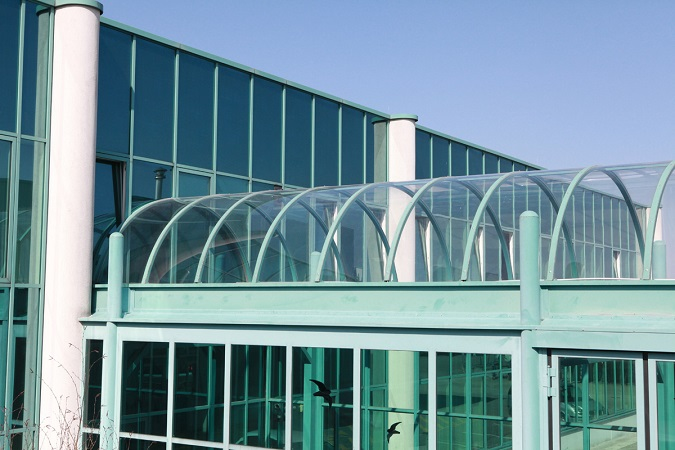

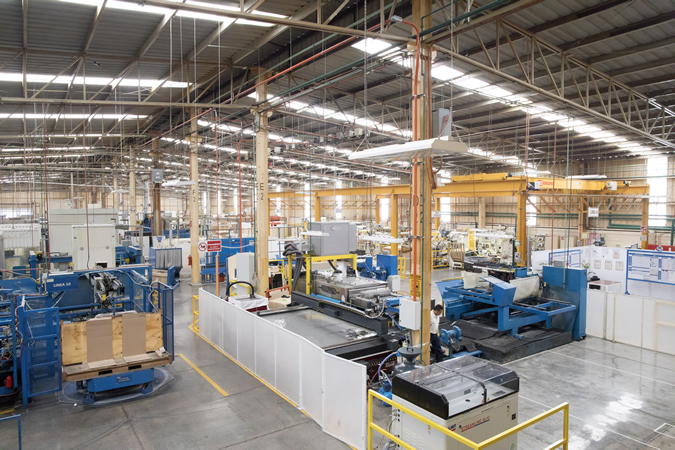
Add new comment